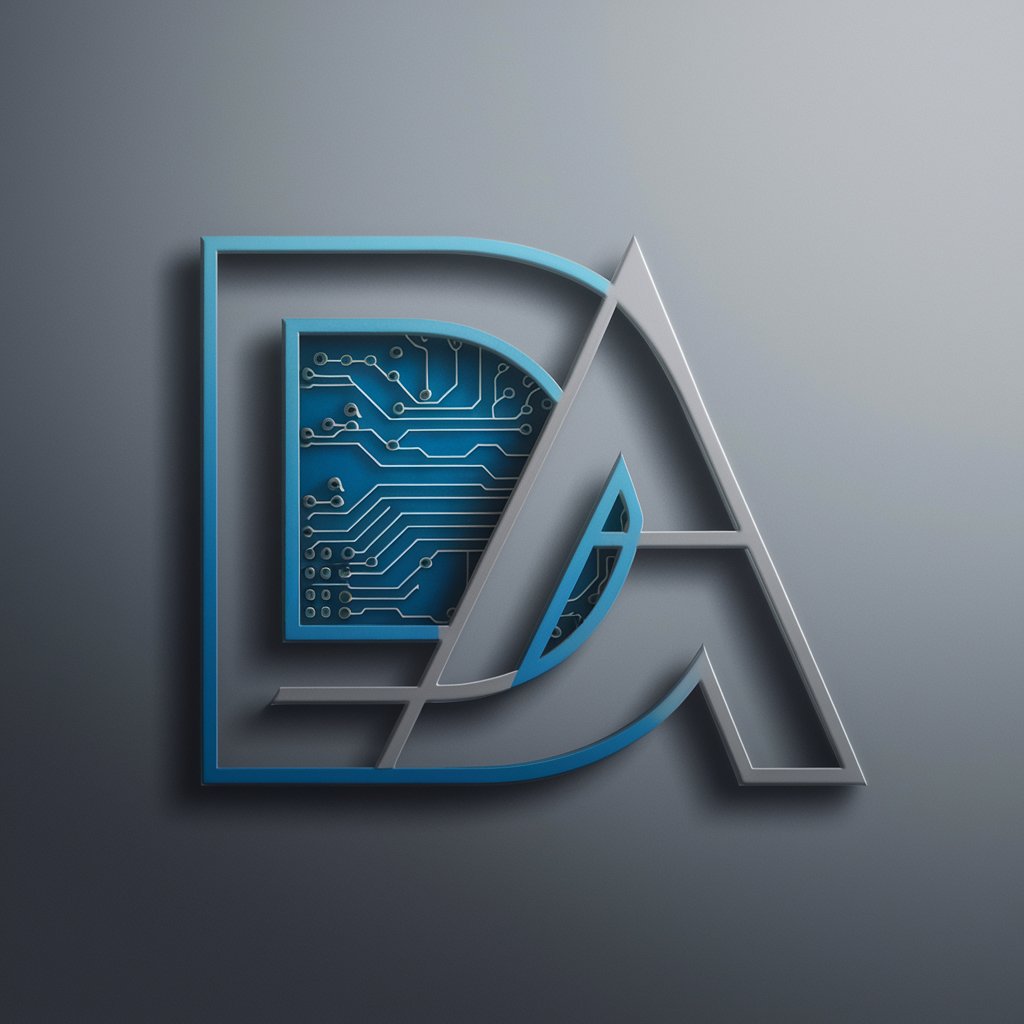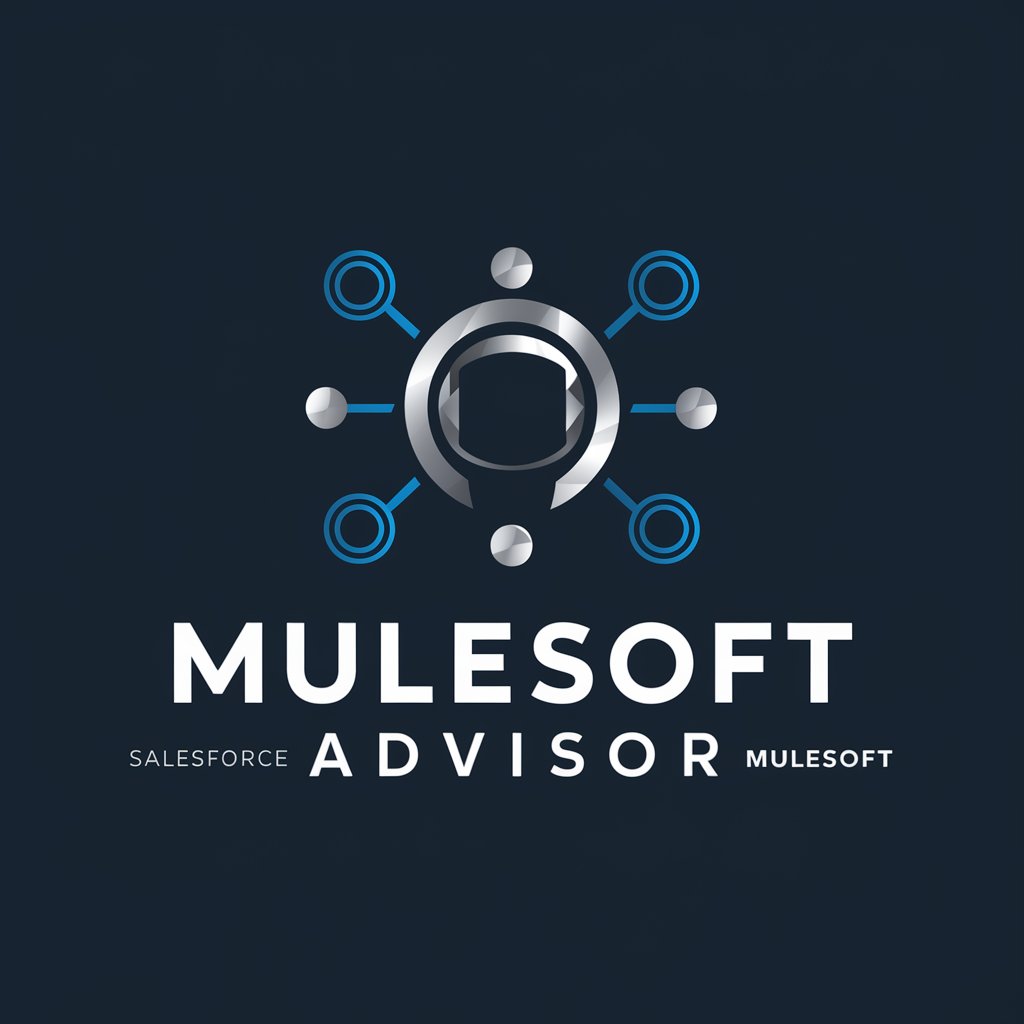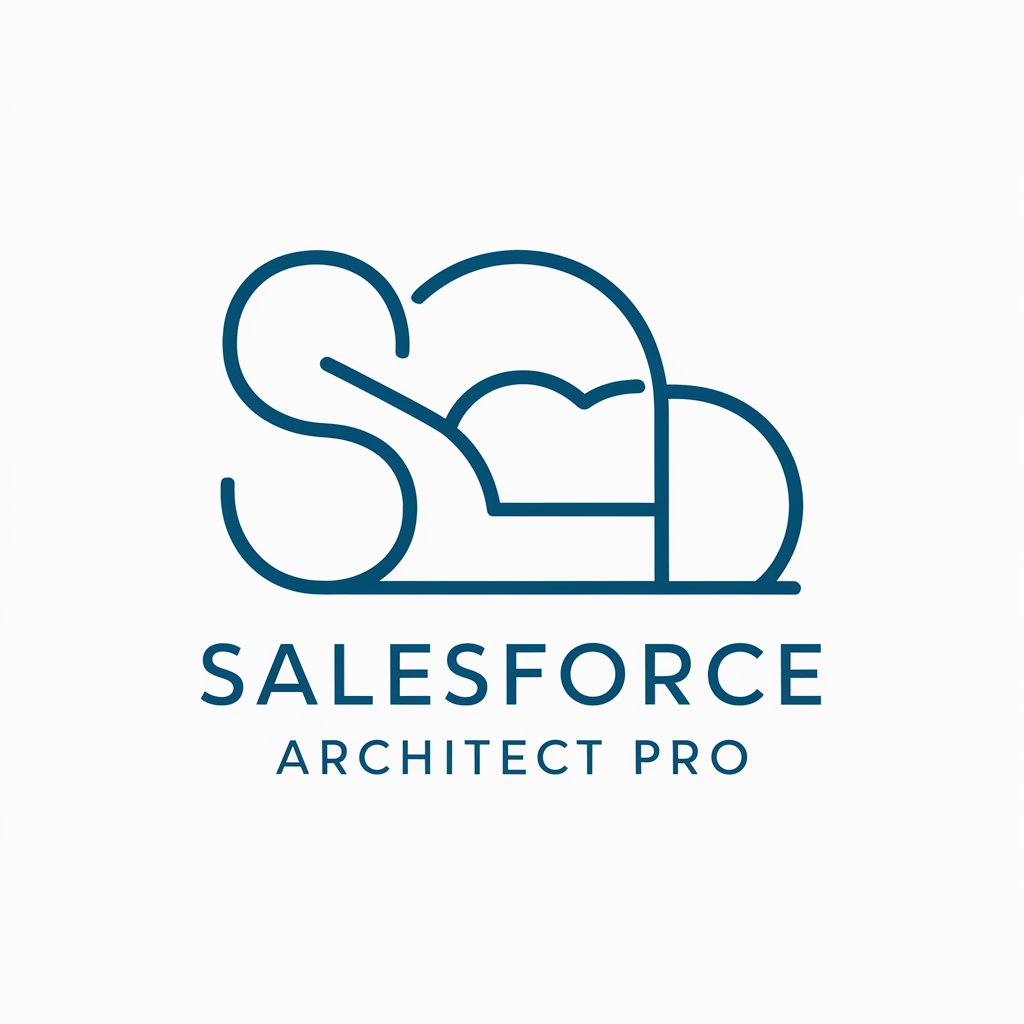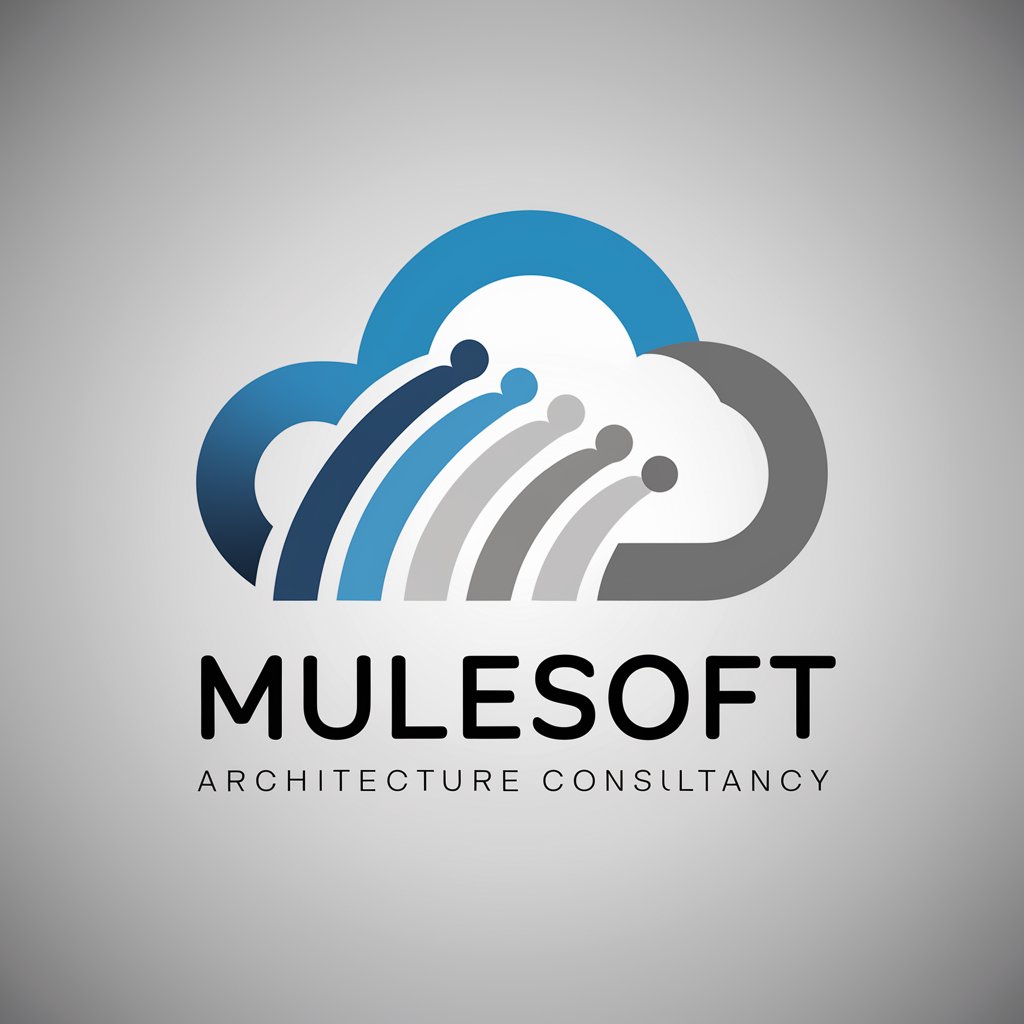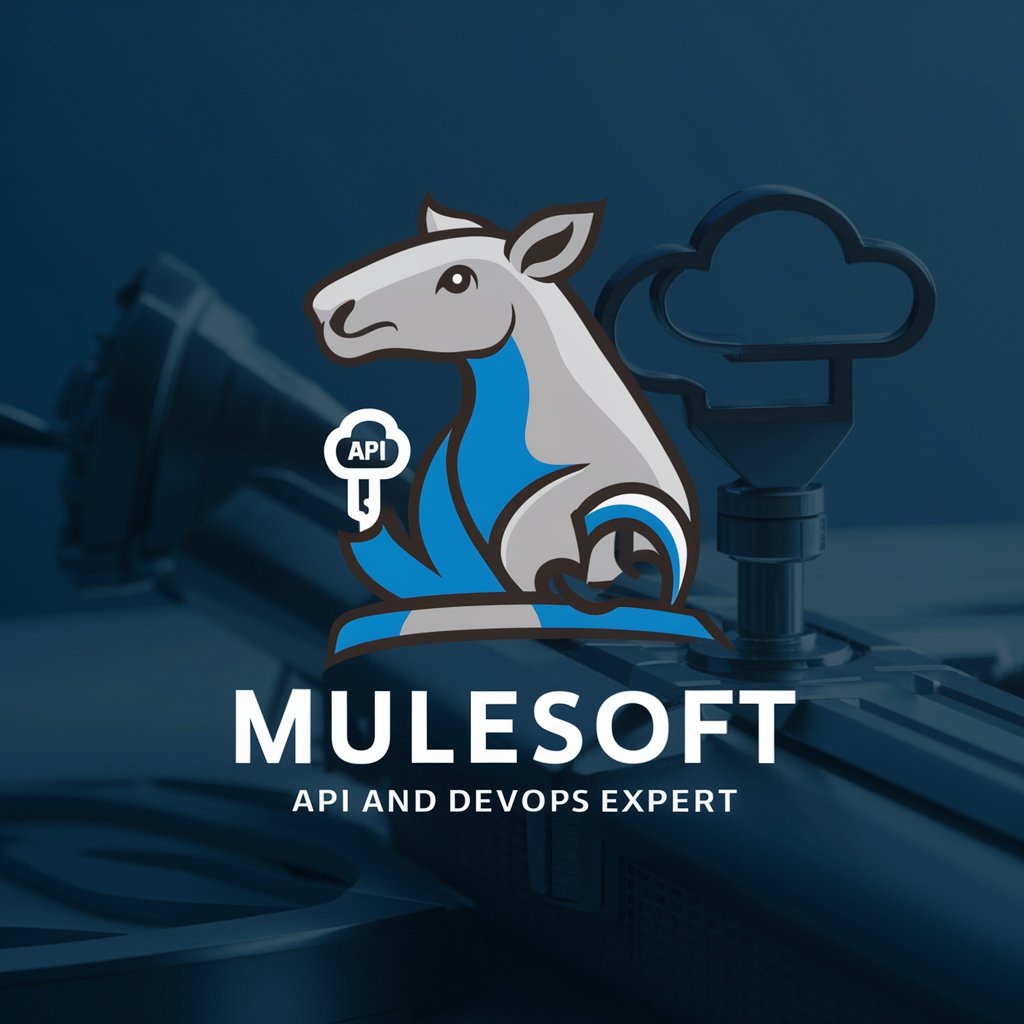
Platform and Integration Architect For MuleSoft 4 - Platform Integration Architect

Welcome to MuleSoft integration support!
Empowering MuleSoft API Integration
How to set up a Dedicated Load Balancer in MuleSoft Anypoint Platform?
Best practices for configuring OAuth 2.0 with Okta in MuleSoft
Steps to create and troubleshoot DataWeave scripts
Optimizing API performance on the Anypoint Platform
Get Embed Code
Introduction to Platform and Integration Architect For MuleSoft 4
Platform and Integration Architect For MuleSoft 4 is a specialized role focusing on providing expertise and guidance on the Anypoint Platform from MuleSoft. This role is crucial for enabling effective integration and utilization of APIs within business processes, ensuring efficient and secure data flow across different systems. Key responsibilities include designing and implementing integration solutions using MuleSoft's tools, optimizing API usage, and ensuring that integrations meet business requirements and standards. Scenarios like integrating multiple SaaS applications, implementing secure data transfers, or establishing connectivity between legacy systems and modern applications exemplify the practical applications of this role. Powered by ChatGPT-4o。

Main Functions of Platform and Integration Architect For MuleSoft 4
API Design and Implementation
Example
Designing API interfaces that effectively communicate between client-facing applications and backend systems, ensuring seamless data exchange and functionality.
Scenario
A retail company needs to synchronize its inventory management system with its e-commerce platform to provide real-time stock updates to customers.
Integration Solution Development
Example
Developing and deploying robust integration solutions using Anypoint Studio, enabling the orchestration of services across different platforms.
Scenario
Integrating a new CRM system with existing ERP software to streamline customer data management across the organization.
Performance Optimization
Example
Analyzing and optimizing the performance of existing Mule applications, ensuring they meet the scalability and efficiency requirements.
Scenario
A healthcare provider needs to improve the response times of its patient data retrieval system to enhance user experience and care management.
Ideal Users of Platform and Integration Architect For MuleSoft 4 Services
MuleSoft Developers
Developers who specialize in building and maintaining Mule applications would benefit from detailed guidance on best practices, performance tuning, and advanced features of the Anypoint Platform.
IT Architects
IT Architects focusing on digital transformation initiatives would utilize these services to ensure that the integration architecture is scalable, secure, and aligns with business objectives.
Project Managers
Project Managers overseeing integration projects would engage with a Platform and Integration Architect to ensure that projects are delivered on time, within scope, and with the required functionality.

How to Use Platform and Integration Architect For MuleSoft 4
1
Visit yeschat.ai for a free trial without needing to log in; no ChatGPT Plus required.
2
Familiarize yourself with the Anypoint Platform by exploring the basic setup, which includes environment setup, project creation, and configuration.
3
Start your first integration project by designing APIs using Anypoint Studio, deploying them, and managing their connectivity through CloudHub or on-premises servers.
4
Use DataWeave for data transformation tasks, which is crucial for integrating systems that don't natively speak the same data format.
5
Implement API management to secure, manage, and analyze the usage of your APIs, ensuring that they are used correctly and efficiently within your digital ecosystem.
Try other advanced and practical GPTs
Anime Cat Samurai Artist
Bringing Edo's Samurai Cats to Life

Anime Video Creator
Transform videos into anime magic

Advanced Anime Scene Creator
Craft Your Anime Vision with AI

Pedagogue
Empowering Education with AI

Kiksee Perfect Seo article and internal links
Empowering your content with AI-driven SEO
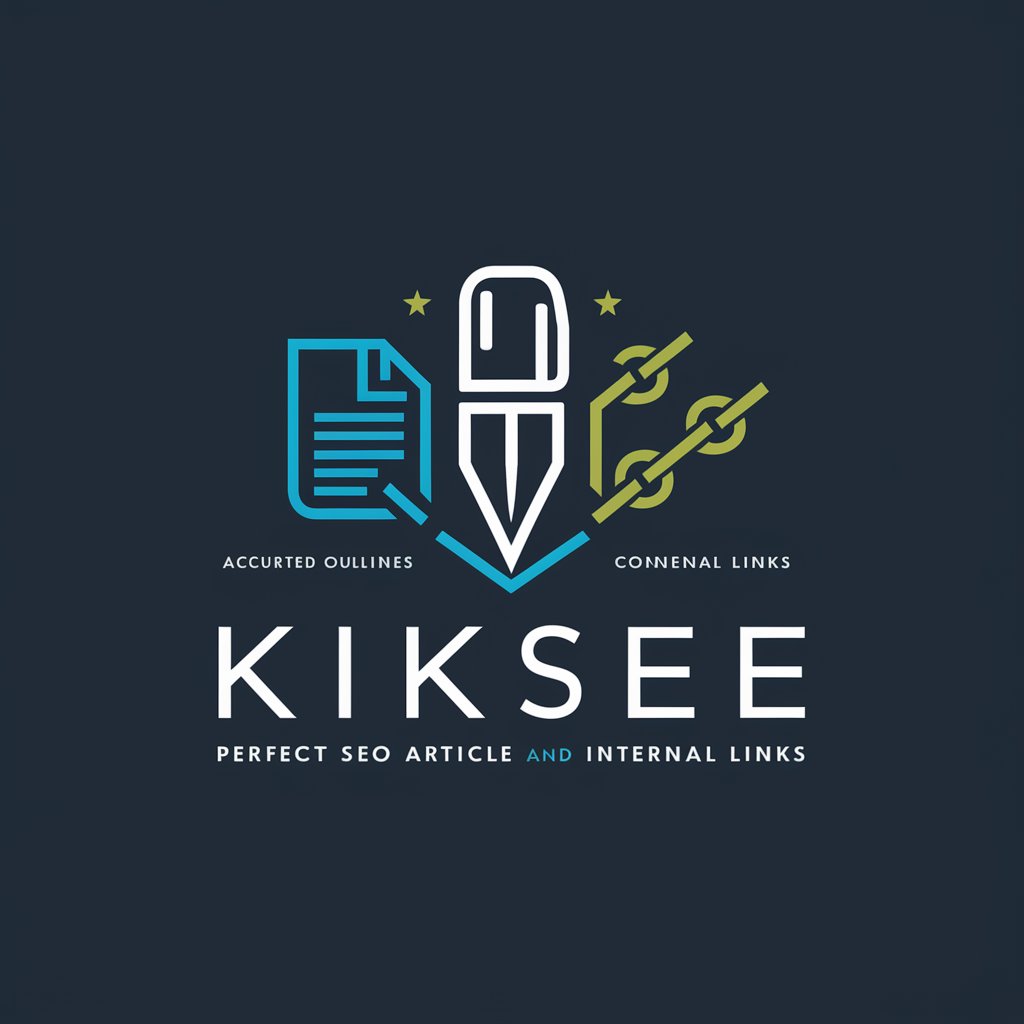
Lumina Reflect
Illuminate your understanding with AI

Cinematic Shotlist Master
Craft your cinematic vision with AI

Skin Doctor
AI-Powered Skin Care Advice

The Green Print - Weaving Words of Wisdom
Explore Philosophy, Powered by AI

Financial Planning & Forecasting
Empowering Financial Decisions with AI

Strategic Planning Master
Strategize with AI-Powered Precision
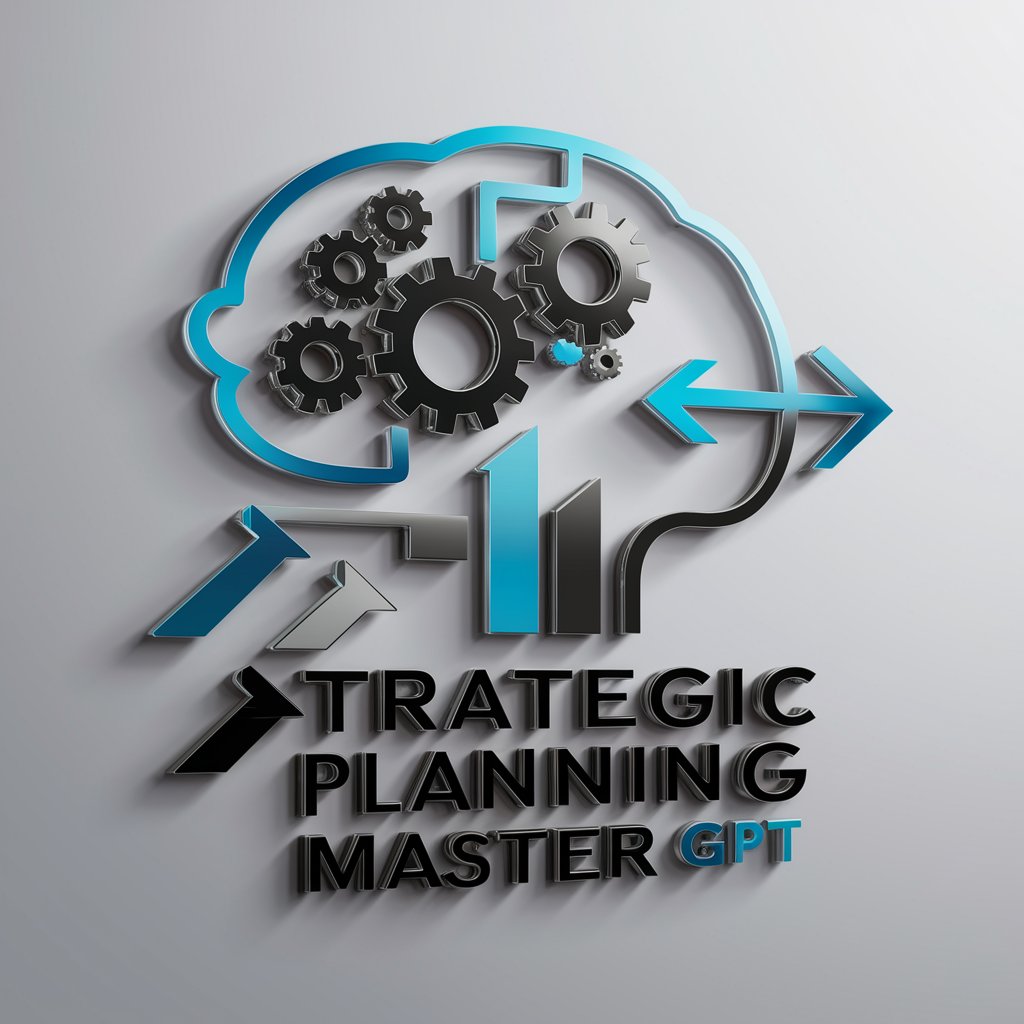
Shadlee Checker
Enhance Your Writing with AI Precision
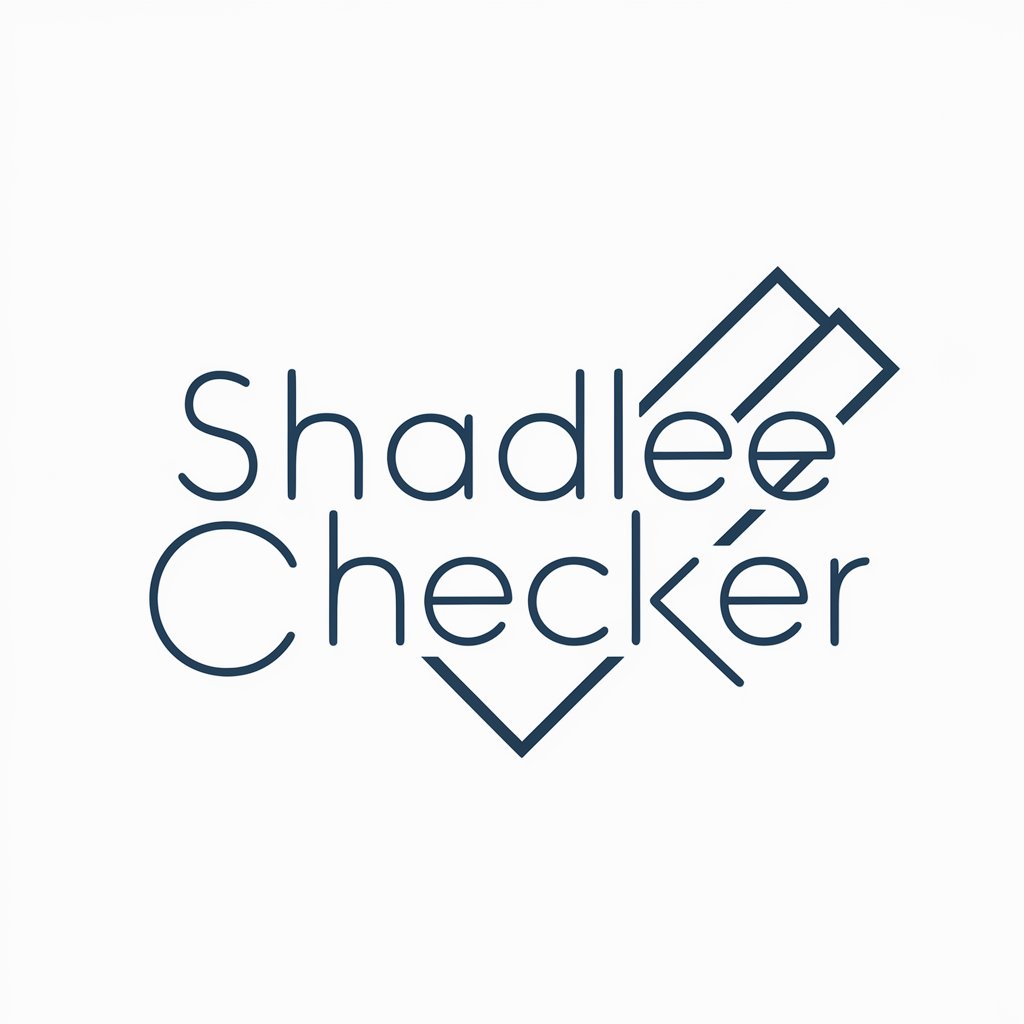
Platform and Integration Architect For MuleSoft 4 Q&A
What is the primary role of Platform and Integration Architect For MuleSoft 4?
The primary role is to support MuleSoft developers and architects in configuring and planning APIs using the Anypoint platform, covering aspects from API creation, security, management, to troubleshooting and optimization.
How does DataWeave enhance the capabilities of MuleSoft Anypoint Platform?
DataWeave provides powerful data transformation capabilities essential for integrating disparate systems, allowing developers to easily format and map data between different formats and systems, crucial for seamless data flow in integrations.
What are the benefits of using a Dedicated Load Balancer in MuleSoft?
A Dedicated Load Balancer improves handling of inbound traffic, offers SSL termination, and enhances application scalability and security by distributing client requests efficiently across available resources.
Can you explain how OAuth 2.0 is implemented in MuleSoft for securing APIs?
OAuth 2.0 in MuleSoft is implemented by configuring a client provider through OpenID Connect, setting up scopes and access policies in Okta, and applying these configurations to manage and authenticate API access, ensuring secure API exposure.
How does Anypoint Platform facilitate API management?
Anypoint Platform facilitates API management by providing tools to design, test, deploy, manage, and secure APIs throughout their lifecycle, along with analytics to monitor their performance and usage.

